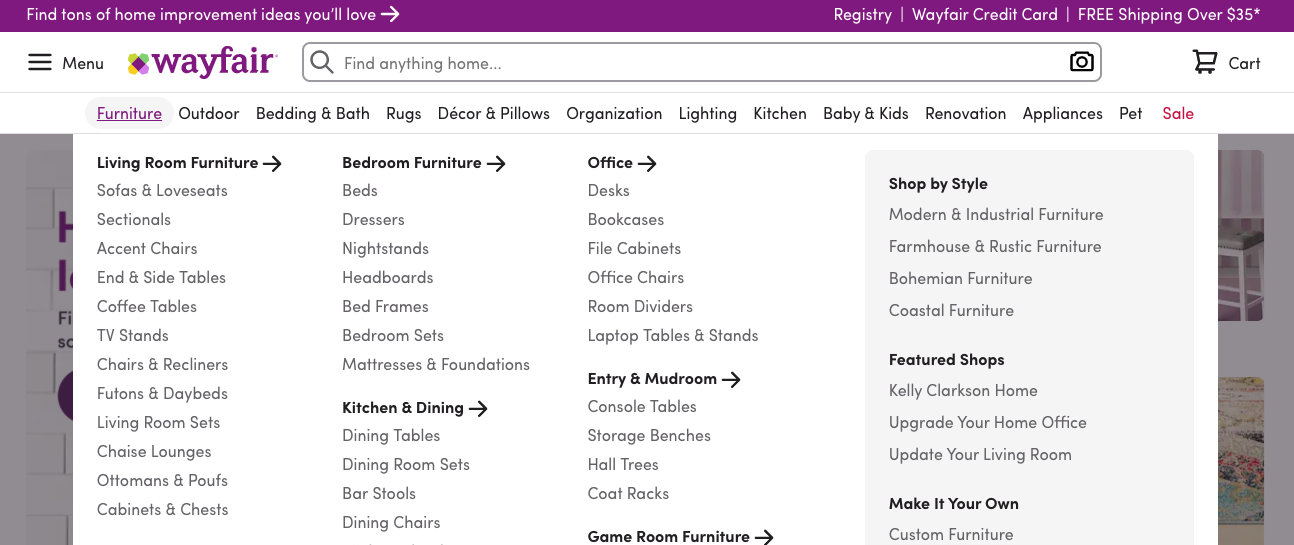Have you ever landed on an ecommerce website and thought to yourself “they must know this is terrible? Right?” Or alternatively, a site that is well-organized, easy to navigate, but the product pages were underwhelming and lacked compelling visuals to help you envision the product. You probably didn’t buy from either of those sites, so why would you expect a customer to overlook those flaws in your own commerce experience?
Like most things in life, digital commerce exists on a spectrum from terrible to terrific. It can be difficult to pinpoint where to focus attention and investment, but in an increasingly competitive market, there is little wiggle room for those who do not deliver a consistently engaging and helpful experience.
Luckily, when you break down a digital commerce experience into tangible criteria, it’s a lot easier to identify and make the necessary adjustments. This is the premise of Zoovu’s webinar series “Digital Commerce 101: The Good, the Bad, and the Ugly”. Following on from our last session – we received a few questions that we pitched to our panelists, Josiah Shelley, VP of Digital Strategy at Jan Kelley, and Rodney Rodriguez, Chief Strategy Officer at Zoovu.
5 questions on evaluating commerce experiences in 2021
1. What are the main criteria in which to judge commerce experiences?
Josiah Shelley (JS): Rather than judge on very specific aspects of a site, we considered 3 core actions a commerce experience should be focused on delivering to customers: engage, educate, empower. From there, we get a little more technical in our judgment without overcomplicating.
Engage: We look at the navigational structure of the site as it’s the foundation. So, elements like is the main menu organized into broad categories with dropdowns? Is the search box prominently placed alongside other search functionality? Essentially, we look at how straight-forward and quick is it for the customer to get to the content they’re looking for.
Educate: Does the site drive connection with its users through storytelling? How robust is the imagery? What is available to help bring the product to life? Providing a complete set of compelling content needs to be holistic, from using easy-to-understand language to incorporating user-generated content the experience should be layered with humanity to develop an authentic connection with the customer.
Empower: Has the engagement and education set up the customer to feel confident in the purchasing? Empowering a customer is about those final moments of consideration that turn into “I must have this, I’m adding to cart.”
Each of these compounds on each other to ultimately delivers an end goal: a confident customer who checks out and moves toward being a loyal customer.
2. If you only have the ability to improve one of those elements in the short term, what factors should you consider to help with prioritization?
Josiah Shelley (JS): I’d prioritize the navigation and structure as it sets the foundation for your experience. Having the experience organized and presented in a way that reduces cognitive load draws people deeper into the site. The navigation and site structure needs to be intuitive and easy to follow. The purchase journey should be more focused on bringing a more human approach to how we engage customers. No one enjoys being overloaded when they land on a site.

3. We discussed the importance of structured and clean product data, should a retailer or the brand partner be responsible for ongoing data management and enrichment?
Rodney Rodriquez: Brands are typically the category experts, but retailers have a broader view of what product attributes matter to consumers. So it should be a team effort as retailers are in a position to help standardize and enrich product data as they work with product attributes across 1000’s brands. This first-hand understanding of what customers look for when shopping for products on their channels should help shape the requirements brands provide for product data.
4. If you want to offer support, is it better to have live chat run by a customer service function or a chatbot powered by AI?
Rodney: It shouldn’t be seen as one or the other, but how do you make them both work together to provide a great support function? AI-powered chatbots are great because you can increase your coverage exponentially with 24/7 support and they can be implemented quickly. They are perfect for handling common issues that have an easy fix, like troubleshooting a Bluetooth device. If the issue becomes more complex, then that is where it would be appropriate for the chatbot to handoff to a live rep. That type of support experience is common within the telecommunications industry, and allows for all customer needs to be addressed in the most effective way possible.
5. Tell us about a recent commerce experience, either the best or worse. What was great/bad?
I recently bought furniture from a retailer in Canada. This had been a planned purchase, so I decided to wait for a specific promotional period to get the best price. But as I went to make the purchase, it was luck that the product actually surfaced because the filters weren’t intuitive and didn’t help narrow down options to what I was looking for. Already frustrated, I saw a matching cabinet in the image gallery but there was no link to the product page for that item. I ended up calling the retailer’s call center to make the purchase and had to provide the specific product codes and SKU to the service rep. Needless to say, it was a lot of work and time-consuming to purchase that piece of furniture.

